Late morning on the fourteenth after about two full days in San Blas, we raised the anchor, skirted the reef, and began the open sea crossing to Colombia heading almost due east. The Panamanian shore gradually faded from view as Quest rocked with the swells. Captain Persson said the Caribbean was quite calm compared to what it had been like for most of the last few months, but that didn't stop people from getting seasick. There were only a couple folks who lost their lunch, but as best I can tell all the other passengers were taking Dramamine or other motion sickness pills or using various other remedies such a pressure point wrist bands or sucking on fresh ginger. I am very fortunate in that I have no tendency toward motion sickness whatsoever. Quite to the contrary, I find the rocking motion of a boat in the waves to be a very soothing feeling. Maybe I should have been a sailor.
As the sun set, the wind picked up further and more sails were raised to take advantage of the breeze
. Speed was up to over eight knots. It was a magical feeling moving fast through the darkness on a moonlit night with stars still visible and a great breeze on deck. Will I have to fight the others for some deck space to sleep outside in the cool air tonight? Actually not – when the boat is moving by the power of the wind it leans heavily toward one side. I’d have been afraid of rolling off if I tried to sleep on deck.
Colombia is a country that’s been pretty high on my travel list for at least five or six years. Back in the 1990s and early 2000s it was a no go zone, a dangerous place with one of the world’s highest murder rates, cocaine cartels, and a civil war going on between the army and leftist rebels of a movement called FARC. It’s another one of those parts of Latin America that’s fortunately become mostly peaceful and accessible again.
Colombia is a physically diverse country with many regional climates. Although not practical to take in the entire country on my Central American trip, sailing to the country and seeing the attractions of the northern part of Colombia – Cartagena, Guajira Peninsula, Tayrona National Park, and the Ciudad Perdida trek – made perfect sense since March is still the dry season in the north but is one of the rainier seasons in most of the rest of the country
.
Our meals while sailing the open ocean were designed to be easily eaten in bowls or by hand – hamburgers for lunch, chili con carne for dinner, and cereal with fruit for breakfast, easier to control than food which you have to use a fork and knife to eat from a flat plate. When I got up around dawn in the morning the sea had calmed down somewhat. From then on it was smooth sailing until early afternoon when the first land in over 24 hours came into sight. Colombia, country #85.
The San Bernardo Islands form a national park and consist largely of mangrove swamps. We anchored for the night between several of them, including one with a small village. The captain arranged for an evening ride on a small boat to swim with bioluminescent plankton, but with a near full moon out it wasn’t dark enough to see much and I decided not to go.
Four days of forced idleness was getting a bit much for me
. I know it’s something some people crave with their deepest souls as "relaxing", but I find it hard to spend my time in way that isn’t productive in some way. That could be watching a movie that interests me, reading a book, researching things online or writing on my tablet if I can’t get online. The book choices on the shelves on the boat, though, were mostly trash fiction other travelers left behind. There did seem to be WiFi on the boat since my computer picked up a connection and I saw the captain using Facebook, but no mention was made by captain of sharing his WiFi with passengers. And his Swedish built boat had European rather than American electrical sockets for which I didn’t bring my adaptor kit, so I only had so much time to catch up writing blog entries before the juice ran out on my tablet.
When I woke up on the last morning aboard the Quest the boat was already moving. The captain set sail around 3:00 A.M. for the last seven hours or so northeastward along the Colombian coast to Cartagena
. We entered the large sheltered harbor through a relatively narrow channel, a favorable geography chosen as the site for one of the most important Spanish colonial settlements around the Caribbean. I find it much more exciting and interesting to be arriving in a new country by sea than by air or overland as are the usual ways of entering a country nowadays. If I somehow expected to be sailing into a small colonial port city, I was mistaken. The way into the center of Cartagena is lined with large industrial facilities on one shore and the modern high rise buildings of the Boca Grande Peninsula on the other. Cartagena is now a thoroughly modern place and Colombia’s fifth largest city.
The captain anchored the boat in the harbor, went to drop off our passports with an agent to take care of immigration formalities, and used the ship’s dinghy to take us and our bags to shore. We all met up later in the evening at a hostel for some last drinks together and to retrieve our passports from the captain. Overall, it was a great way to travel from Panama to Colombia, much better than an airplane flight.
Sailing to Colombia on the M/S Quest
Tuesday, March 15, 2016
 El Islote, Sucre, Colombia
El Islote, Sucre, Colombia
Other Entries
-
24San Juan Del Sur - At the Beach After 5 Weeks
Feb 2024 days prior San Juan del Sur, Nicaraguaphoto_camera33videocam 0comment 0
San Juan del Sur, Nicaraguaphoto_camera33videocam 0comment 0 -
25Granada - Central America's Most Beautiful City
Feb 2222 days prior Granada, Nicaraguaphoto_camera125videocam 0comment 0
Granada, Nicaraguaphoto_camera125videocam 0comment 0 -
26Natural Granada - Volcan Mombacho & Las Isletas
Feb 2321 days prior Volcán Mombacho, Nicaraguaphoto_camera74videocam 0comment 0
Volcán Mombacho, Nicaraguaphoto_camera74videocam 0comment 0 -
27Managua - The Totally Failed Compromise Capital
Feb 2618 days prior Managua, Nicaraguaphoto_camera58videocam 0comment 0
Managua, Nicaraguaphoto_camera58videocam 0comment 0 -
28Around Granada - Pueblos Blancos, Cemeteries, etc.
Feb 2717 days prior Catarina, Nicaraguaphoto_camera48videocam 0comment 0
Catarina, Nicaraguaphoto_camera48videocam 0comment 0 -
29Ometepe Island - Mountain Bike Ride From Hell
Mar 0114 days prior Ometepe Island, Nicaraguaphoto_camera40videocam 0comment 0
Ometepe Island, Nicaraguaphoto_camera40videocam 0comment 0 -
30Bike Ride Around Arenal Reservoir
Mar 0312 days prior Tilaran, Costa Ricaphoto_camera47videocam 0comment 0
Tilaran, Costa Ricaphoto_camera47videocam 0comment 0 -
31La Fortuna - In the Shadows of Arenal
Mar 0411 days prior La Fortuna, Costa Ricaphoto_camera50videocam 0comment 0
La Fortuna, Costa Ricaphoto_camera50videocam 0comment 0 -
32Bike Ride Through the Marvelous Orosi Valley
Mar 0510 days prior Turrialba, Costa Ricaphoto_camera57videocam 0comment 0
Turrialba, Costa Ricaphoto_camera57videocam 0comment 0 -
33Costa Rican Caribbean - Cycling to Panama
Mar 069 days prior Puerto Viejo, Costa Ricaphoto_camera7videocam 0comment 0
Puerto Viejo, Costa Ricaphoto_camera7videocam 0comment 0 -
34Bocas Del Toro - Caribbean Island Paradise
Mar 078 days prior Bocas Town, Panamaphoto_camera71videocam 0comment 0
Bocas Town, Panamaphoto_camera71videocam 0comment 0 -
35Western Panama - Bike Ride from Divide to Pacific
Mar 087 days prior Gualaca, Panamaphoto_camera24videocam 0comment 0
Gualaca, Panamaphoto_camera24videocam 0comment 0 -
36Bike Ride Through Cattle Country and the Beach
Mar 096 days prior Santiago, Panamaphoto_camera14videocam 0comment 0
Santiago, Panamaphoto_camera14videocam 0comment 0 -
37Panama Canal - Century Old Engineering Marvel
Mar 105 days prior Miraflores, Panamaphoto_camera57videocam 0comment 0
Miraflores, Panamaphoto_camera57videocam 0comment 0 -
38Casco Viejo - Panama City's Gentrifying Old Town
Mar 114 days prior Panama City, Panamaphoto_camera96videocam 0comment 0
Panama City, Panamaphoto_camera96videocam 0comment 0 -
39Panama City - Like Miami Except With More English
Mar 123 days prior Panama City, Panamaphoto_camera103videocam 0comment 0
Panama City, Panamaphoto_camera103videocam 0comment 0 -
40San Blas Islands - Sailing Through the Caribbean
Mar 132 days prior El Porvenir, Panamaphoto_camera71videocam 0comment 0
El Porvenir, Panamaphoto_camera71videocam 0comment 0 -
41Sailing to Colombia on the M/S Quest
Mar 15 El Islote, Colombiaphoto_camera57videocam 0comment 0
El Islote, Colombiaphoto_camera57videocam 0comment 0 -
42Old Cartagena - Jewel of Spanish Caribbean
Mar 172 days later Cartagena, Colombiaphoto_camera150videocam 0comment 0
Cartagena, Colombiaphoto_camera150videocam 0comment 0 -
43Santa Marta - Gateway to the Sierra Nevada
Mar 183 days later Santa Marta, Colombiaphoto_camera36videocam 0comment 0
Santa Marta, Colombiaphoto_camera36videocam 0comment 0 -
44Ciudad Perdida Trek Part I - Four Days on Trail
Mar 205 days later Don Diego, Colombiaphoto_camera84videocam 0comment 0
Don Diego, Colombiaphoto_camera84videocam 0comment 0 -
45Ciudad Perdida Trek Part II - The Lost City
Mar 216 days later La Ciudad Perdida, Colombiaphoto_camera55videocam 0comment 0
La Ciudad Perdida, Colombiaphoto_camera55videocam 0comment 0 -
46The Guajira Peninsula - Northernmost South America
Mar 2510 days later Punta Gallinas, Colombiaphoto_camera90videocam 0comment 0
Punta Gallinas, Colombiaphoto_camera90videocam 0comment 0 -
47Medellin - City of the Eternal Spring
Mar 2813 days later Medellin, Colombiaphoto_camera107videocam 0comment 0
Medellin, Colombiaphoto_camera107videocam 0comment 0 -
48Medellin - Innovation in Transportation
Mar 2914 days later Medellin, Colombiaphoto_camera48videocam 0comment 0
Medellin, Colombiaphoto_camera48videocam 0comment 0 -
49El Poblado - Medellin's Zona Rosa
Mar 3015 days later Medellin, Colombiaphoto_camera55videocam 0comment 0
Medellin, Colombiaphoto_camera55videocam 0comment 0 -
50Santa Fe de Antioquia - Colonial Era Beauty
Mar 3116 days later Santa Fe de Antioquia, Colombiaphoto_camera78videocam 0comment 0
Santa Fe de Antioquia, Colombiaphoto_camera78videocam 0comment 0 -
51Fat is Beautiful - The Art of Fernando Botero
Apr 0117 days later Medellin, Colombiaphoto_camera127videocam 0comment 0
Medellin, Colombiaphoto_camera127videocam 0comment 0 -
52Bogota - Colombia's Megacity Capital
Apr 0218 days later Bogota, Colombiaphoto_camera67videocam 0comment 0
Bogota, Colombiaphoto_camera67videocam 0comment 0 -
53March Against FARC - Thousands Rally in Colombia
Apr 0218 days later Bogota, Colombiaphoto_camera87videocam 0comment 0
Bogota, Colombiaphoto_camera87videocam 0comment 0 -
54Art, History, Anthropology -Bogota's Great Museums
Apr 0319 days later Bogota, Colombiaphoto_camera68videocam 0comment 0
Bogota, Colombiaphoto_camera68videocam 0comment 0 -
55Museo de Oro - Colombia's Most Famous Museum
Apr 0319 days later Bogota, Colombiaphoto_camera52videocam 0comment 0
Bogota, Colombiaphoto_camera52videocam 0comment 0 -
56La Candelaria - Bogota's Old Town
Apr 0319 days later Bogota, Colombiaphoto_camera82videocam 0comment 0
Bogota, Colombiaphoto_camera82videocam 0comment 0 -
57Zipaquira - Cathedral in a Salt Mine
Apr 0420 days later Zipaquira, Colombiaphoto_camera63videocam 0comment 0
Zipaquira, Colombiaphoto_camera63videocam 0comment 0 -
58Last Day in Colombia -Obligatory Coffee Finca Tour
Apr 0521 days later Fusagasuga, Colombiaphoto_camera39videocam 0comment 0
Fusagasuga, Colombiaphoto_camera39videocam 0comment 0

 El Islote, Sucre, Colombia
El Islote, Sucre, Colombia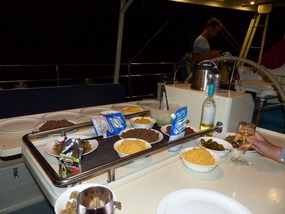
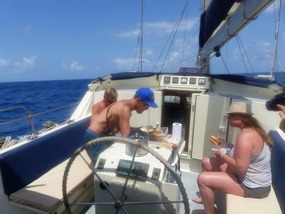
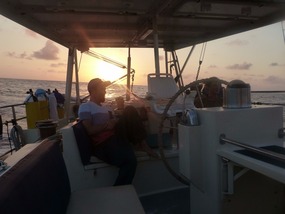
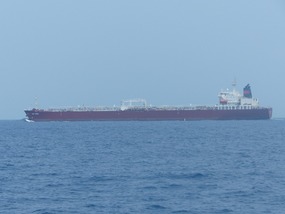




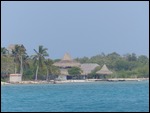
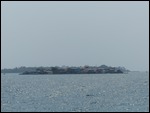
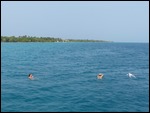
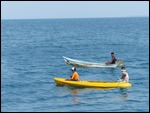
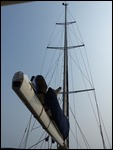
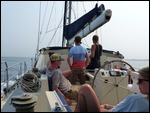
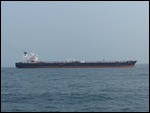
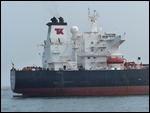
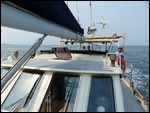
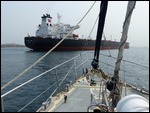

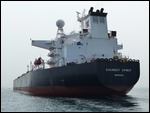
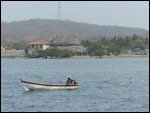
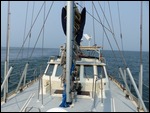
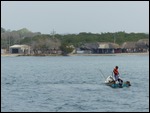
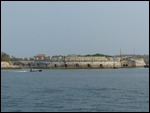
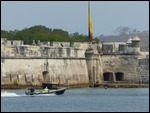
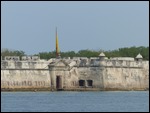
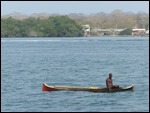
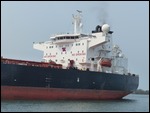
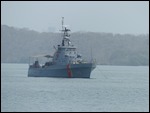
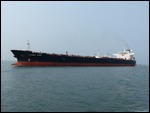
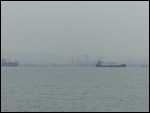
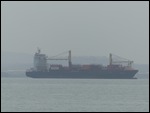
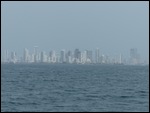

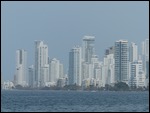
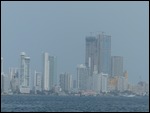

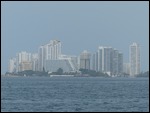
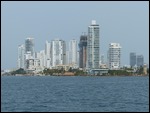
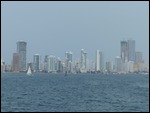
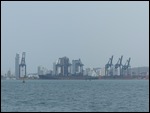
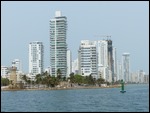


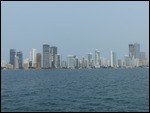
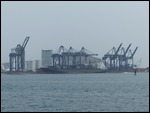
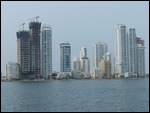
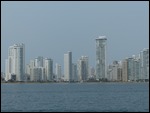
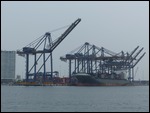
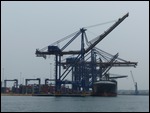
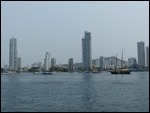
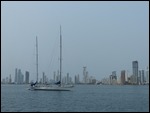
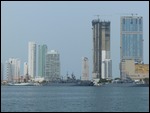
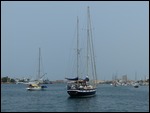
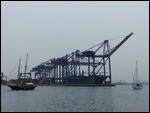
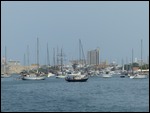
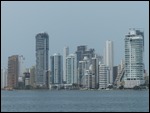

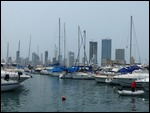
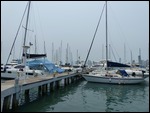
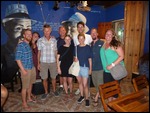
2025-05-22